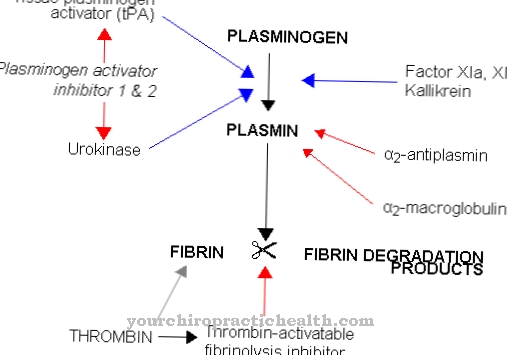Under the term Mononuclear phagocyte system all body cells are combined that are capable of phagocytosis and thus part of the immune system. The cells are able to absorb germs, cellular breakdown products and foreign particles, to render them harmless and to transport them away. Precursor cells, which only develop into cells capable of phagocytosis after appropriate stimulation, are also counted in the system.
What is the Mononuclear Phagocyte System?

The Mononuclear Phagocyte System or short MPS called, includes all body cells that are capable of phagocytosis, i.e. all cells that are capable of ingesting, killing and thus rendering harmless pathogenic germs in the form of bacteria or viruses, as well as ingesting and removing degradation particles or foreign particles.
Precursor cells of the mononuclear cells capable of phagocytosis are also included in the MPS. In detail, a large number of specialized macrophages that have adapted to the tissue in which they have established themselves as dormant macrophages are counted as part of the MPS.
It is somewhat controversial whether microglia, which are capable of phagocytosis in the nervous system, can be counted as part of the MPS, because it is not sufficiently clear whether the microglia developed from monocytes or whether they are converted glial cells. There is agreement to classify the multinucleated osteoclasts up to 100 µm in size into the MPS. The task of the osteoclasts, which are formed from the fusion of up to 25 precursor cells from the bone marrow and therefore have several nuclei, is to break down and remove bone substance.
The MPS defined in the 1970s is opposed to the reticulohistiocytic system (RHS) developed in the 1920s, which is a little broader and, in addition to the phagocytic cells, also includes cells of the reticular connective tissue.
Function & task
The most important tasks of the mononuclear phagocyte system are primarily uptake and control of invading pathogenic germs, uptake and removal of the body's own waste particles from dead cells (cell detritus) as well as absorption and rendering harmless of foreign particles.
In a complex interaction within the MPS, the resting macrophages in the corresponding tissue are converted into active macrophages by cytokines and messenger substances. They enlarge and take up the pathogenic germs or particles - similar to amoebas - and enclose them in an inner cavity, the phagosome. The enzymes required to kill and decompose the germs are available in small vesicles, the lysosomes, which empty their contents into the phagosome. A kind of digestive process takes place in the phagosome.
In the case of local sources of infection that can result from injuries, the MPS controls inflammatory reactions and the subsequent healing. In this context, the production of various cytokines (interleukins) with pro-inflammatory and also anti-inflammatory effects is an important control instrument for immune reactions. The various interleukins are synthesized by the activated phagocytes themselves.
An important task in the interaction of phagocytes and precursor cells with one another for a systemic immune response to viral infections is their ability to act as antigen-presenting cells. Cells that contain phagocytosed pathogenic germs present certain peptide fragments (antigens) of the dismantled germs on their surface, which are recognized by T-helper cells that initiate the production of specific antibodies.
In the case of a serious viral infection, specialized macrophages in the spleen take over the initially seemingly absurd replication of the viruses that are enclosed in their phagosomes in order to be able to produce sufficient quantities of antibodies more quickly. The specialized cells that replicate the dangerous viruses are tightly surrounded by macrophages so that, for safety reasons, any escaping virus can be caught immediately. The cells belonging to the mononuclear phagocyte system are also responsible for the control of all cells for possible degenerations that indicate cancer. As soon as the immune system recognizes cancer cells, macrophages are activated in order to phagocytize and break down the body's own cells recognized as degenerate.
Illnesses & ailments
Diseases and complaints in connection with the mononuclear phagocyte system can arise on the one hand from functional impairment of the cells belonging to the system themselves. On the other hand, malfunctions or failures within the stimulating part of the immune system, i.e. too weak or too strong stimulation and activation of the phagocytes, lead to comparable symptoms.
Typical complaints and diseases that are triggered by a misdirected immune reaction are allergic reactions that involve an excessive immune reaction to certain harmless particles such as pollen, food components or house dust. The spectrum of allergic reactions is very broad and ranges in symptoms from sneezing and slight skin reactions to anaphylactic shock.
The multitude of known autoimmune diseases such as multiple sclerosis, Hashimoto, rheumatoid arthritis and many others fall into a similar category of malfunctions of the overall system. In the case of rheumatoid arthritis, antibodies are formed against articular cartilage, so that misdirected macrophages attack the articular cartilage, which gradually leads to the sometimes serious and painful symptoms and complaints.
All autoimmune diseases have in common that the phagocytes belonging to the MPS classify the body's own cells of a certain organ as foreign and fight them with corresponding serious effects.
Diseases that lead to impaired production of the monocytes belonging to the MPS are certain forms of leukemia, a cancer of the bone marrow. An example of a disease caused by misdirected antibody production is antiphospholipid syndrome (APS). Antibodies against phospholipid-binding proteins lead to the increased formation of thrombi, which can lead to the occlusion of vital arteries and thus to embolisms and strokes. Some of the diseases and conditions associated with GSP can be traced back to a genetic predisposition.








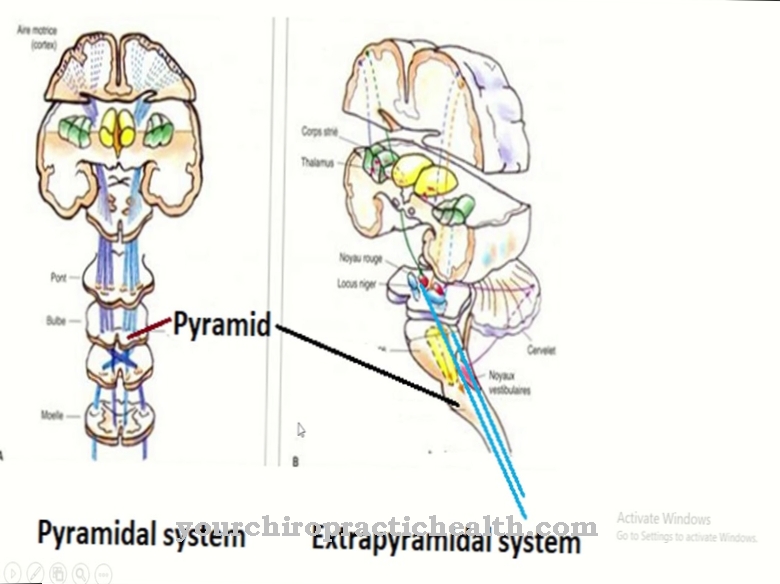
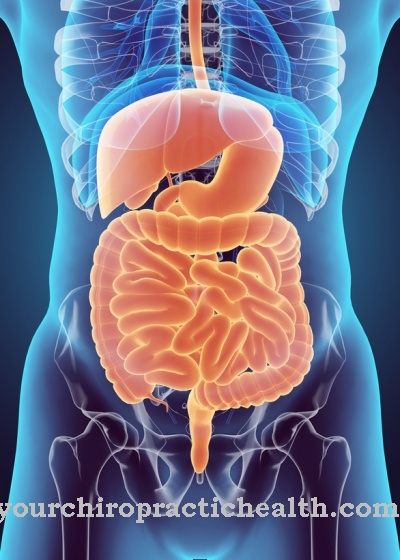
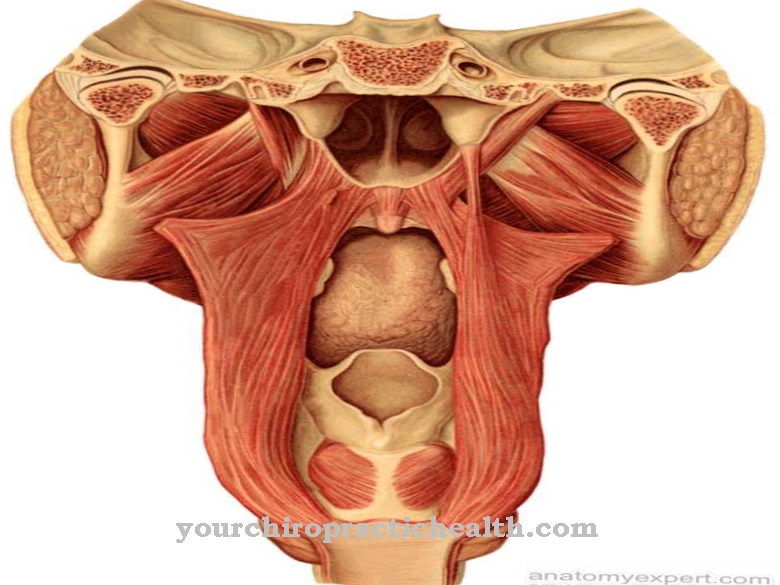
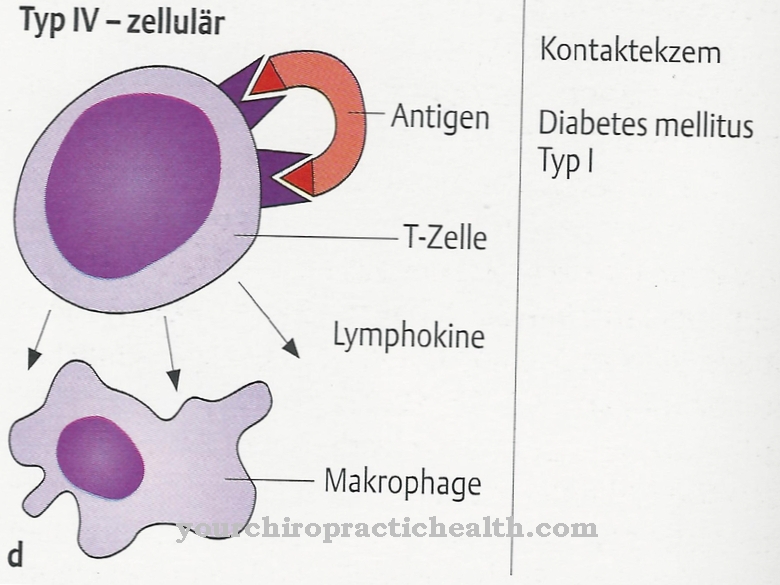




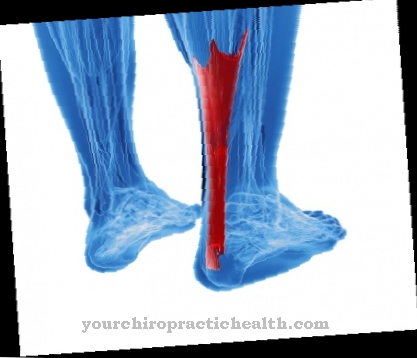





.jpg)


